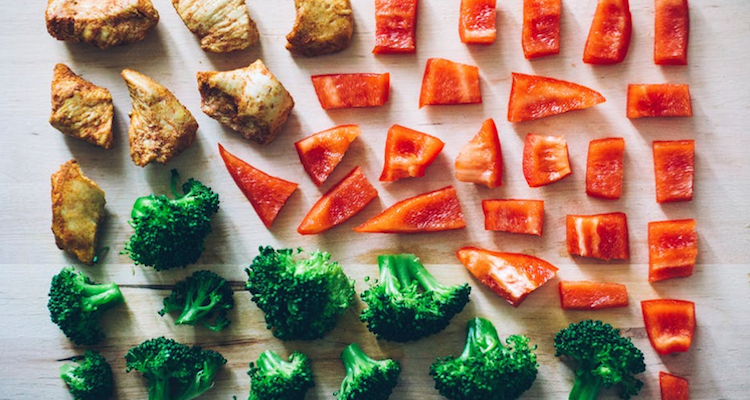It’s a war that’s been waged in a billion homes all over the world throughout history – the struggle of eating vegetables. Face it – compared to a juicy steak or a helping of fries, there are very few of us who would willingly pick a helping of steamed carrots or beans? (What I wouldn’t give to be one of those people). But how much of this distaste for all things orange and leafy stems from our taste buds, and how much of it stems from less obvious factors?

Stanford University California decided to take things further by investigating just how food affects our tastes. The study took place in a large university cafeteria over the course of the 2016 academic quarter. Every day one new vegetable dish was labelled in one of four ways – basic (“green beans”); healthy restrictive (“healthy choice beans with no sugar”); healthy positive (“smart choice high-fiber beans”) , or indulgent (“sweet sizzling green beans)”. Though the labels changed on a daily basis, there were no changes with how the vegetables were prepared or served. Research assistants recorded the number of diners who chose the vegetable and weighed the mass taken from the bowl. In the course of the study, 8,279 of 27,933 diners selected the vegetable overall on average.

“Further research should assess how well the effects generalize to other settings and explore the potential of indulgent labeling to help alleviate the pervasive cultural mindset that healthy foods are not tasty,” the article concludes. Chew on that next time you’re at the salad bar.


